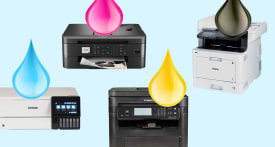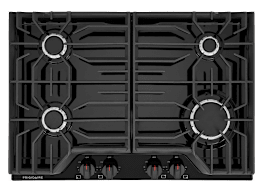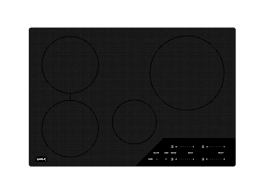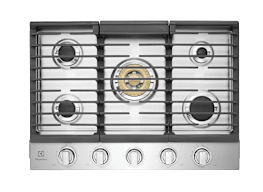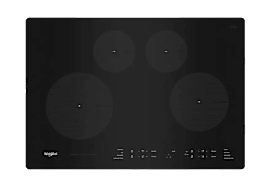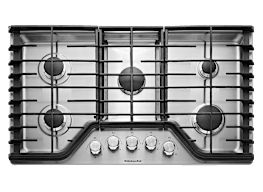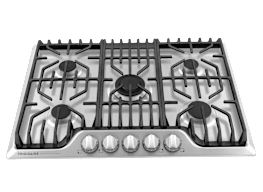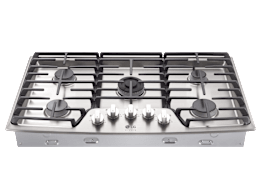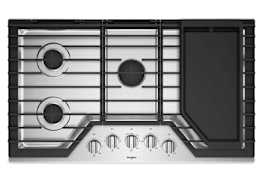Best Portable Induction Cooktops
Our favorite standalone burners provide speedy heating and steady simmering—and all you need is a standard electrical outlet
When you shop through retailer links on our site, we may earn affiliate commissions. 100% of the fees we collect are used to support our nonprofit mission. Learn more.
The allure of a portable induction cooktop is that it offers stovelike performance in a hotplate-sized package. The earliest uses for these portable induction cooktops, which are also sometimes called portable induction burners, were in professional settings. That includes a pastry kitchen, where the chef might need only a single, highly controllable cooktop for melting chocolate, or a buffet, where they’re often used at omelet stations. But they can be every bit as useful in your kitchen. That’s particularly true if you’re cooking a feast. Who hasn’t found themselves at Thanksgiving, knee-deep in green beans and stuffing, without a free burner to boil potatoes?
Unlike traditional hotplates, portable induction cooktops use an electromagnetic pulse to generate heat, like an induction cooktop or range. The result is an appliance that simmers steadily and heats faster than a traditional hotplate, and in some cases, faster than a full-sized gas stove. Their efficiency makes them an ideal choice for an extra burner in your kitchen, not to mention a nice-to-have accessory, when paired with a generator, if you’re camping or tailgating.
How We Evaluated Portable Induction Cooktops
To find the best portable induction cooktops, we tested them in our labs, as well as in my own home.
While we didn’t add these cooktops to our ratings charts, our engineers did run them through our standard battery of scientific low- and high-heat tests, to see how they compare to one another, and how they might fare against a real range or cooktop.
One important thing to note—a full-sized induction range or cooktop runs on a 240-volt electric line (the kind with a big four-prong outlet, typically reserved for major cooking appliances and electric dryers). These portable cooktops run on a regular 110-volt cord (the kind you’d find on a toaster or hair dryer). As a result, they draw considerably less current, and can’t heat as quickly. Most induction ranges and installed cooktops heat four liters of water to a near boil in 5 to 10 minutes in our labs. The best of the portable induction cooktops took roughly 13 minutes, not bad when you consider that some provided remarkably steady simmers and melt temperatures, too. The slowest of the portable induction cooktops took roughly 20 minutes to heat water to a near-boil.
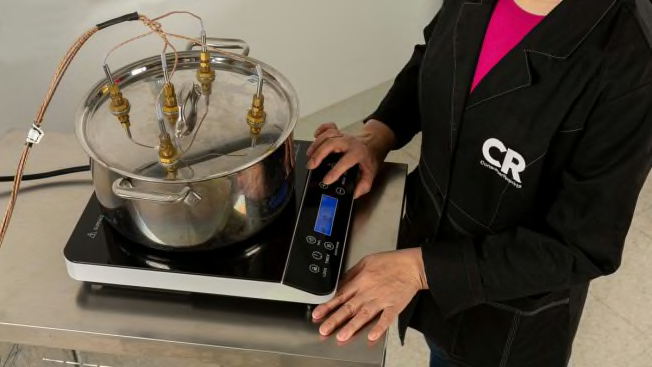
Photo: John Walsh/Consumer Reports Photo: John Walsh/Consumer Reports
In my own kitchen, I used the cooktops with the same cookware for four tasks, designed to capture how they handle different foods: low and slow heat to caramelize onions, medium heat to sauté thin-cut chicken breasts and bell peppers (cooked separately), high heat to brown quesadillas, and super-low simmering temperatures to make a delicate cream-based sauce. For the onions and peppers, I used a 12-inch stainless steel skillet, while I opted for a 10-inch anodized aluminum pan (with an induction-compatible base) for the chicken and quesadilla. For the sauce, I used a small stainless steel saucepan. I also noted how quickly each portable induction cooktop was to respond to temperature changes, and how easy and intuitive each was to use.













